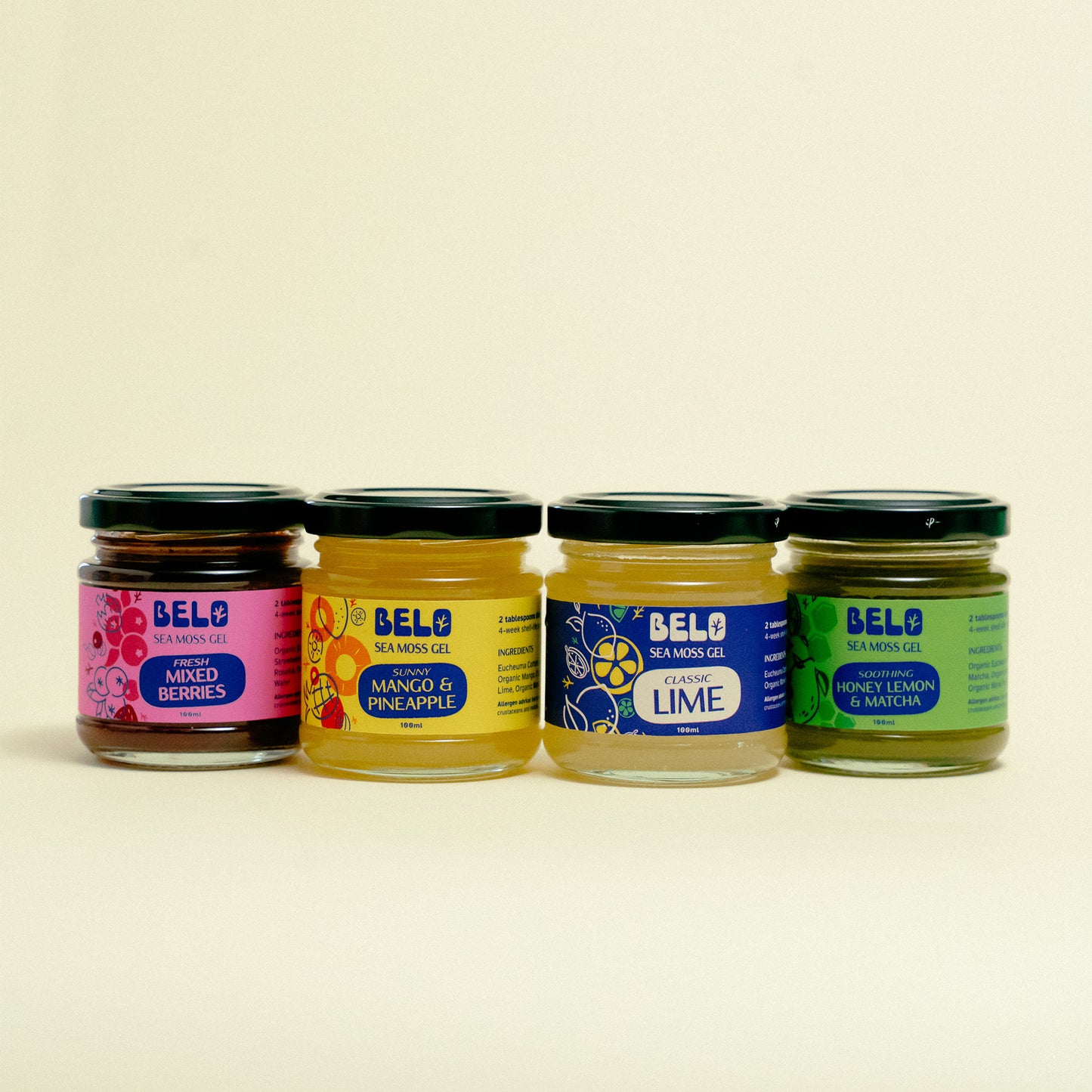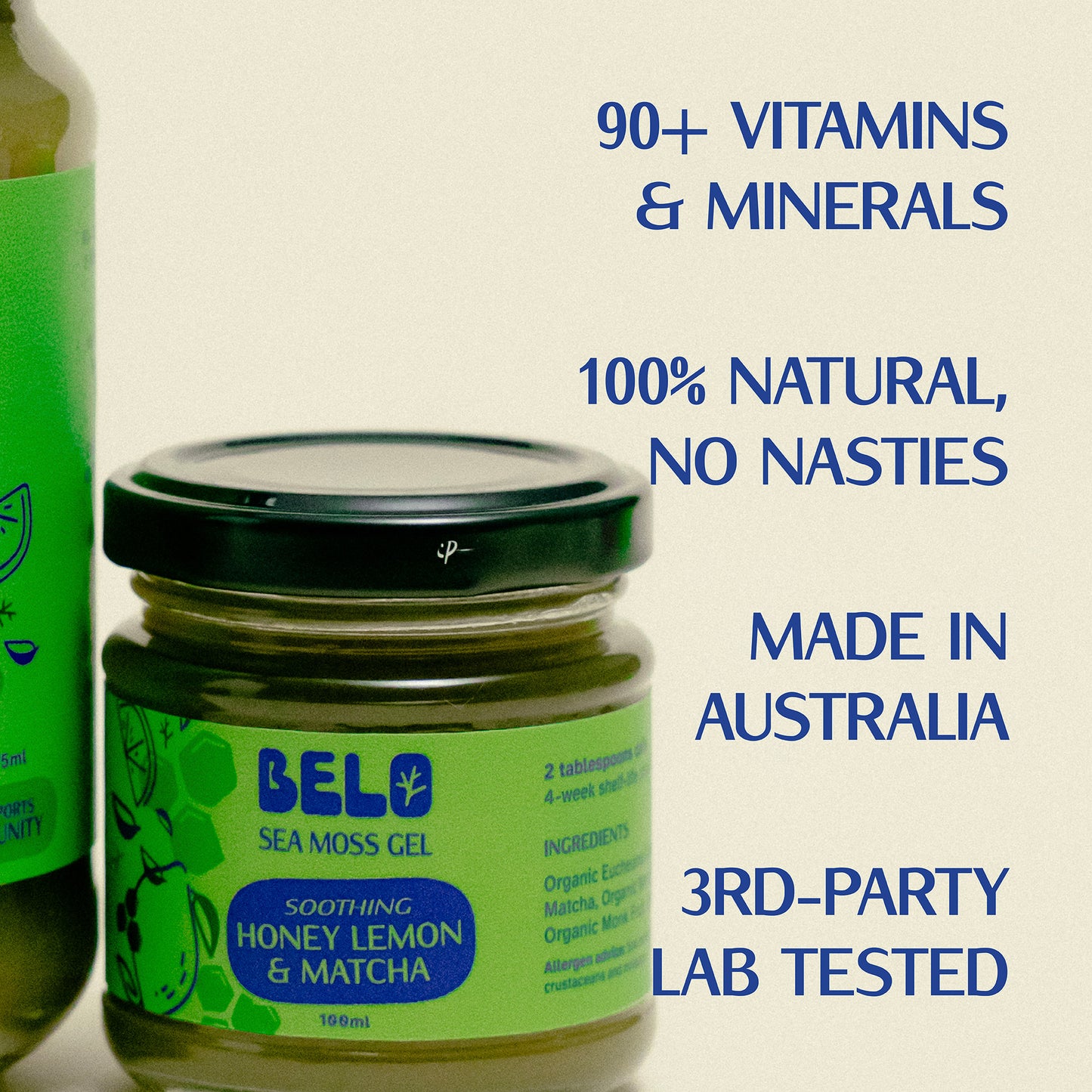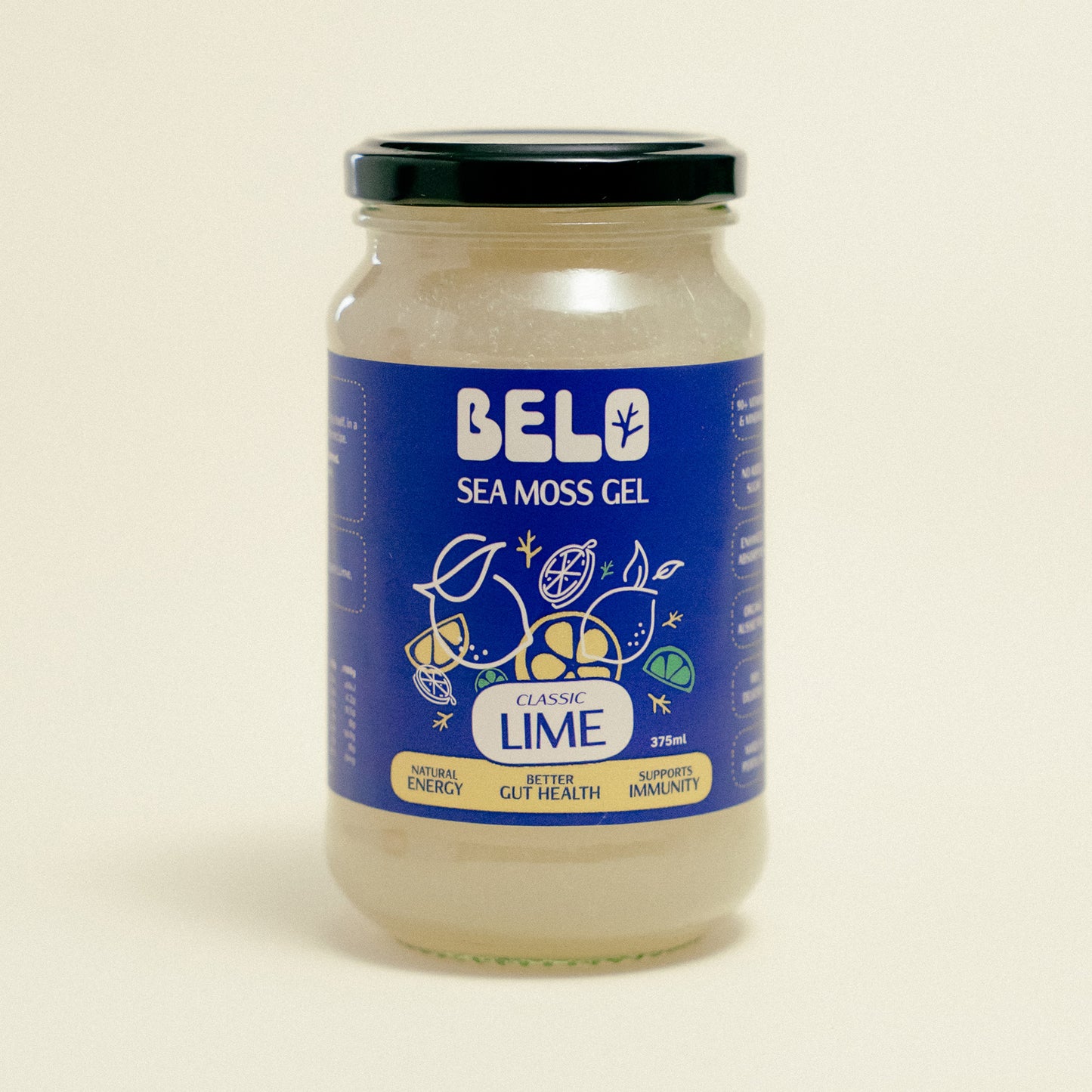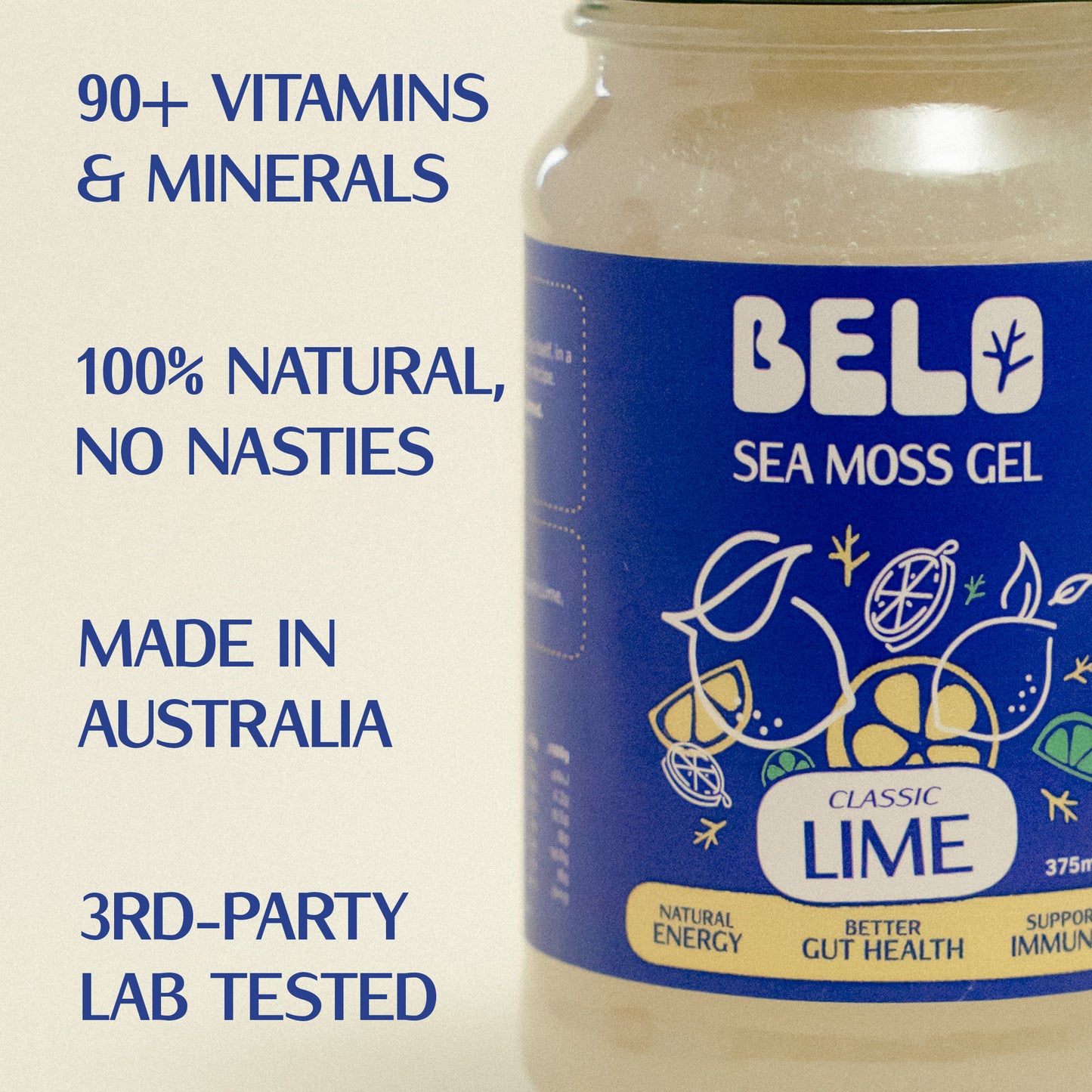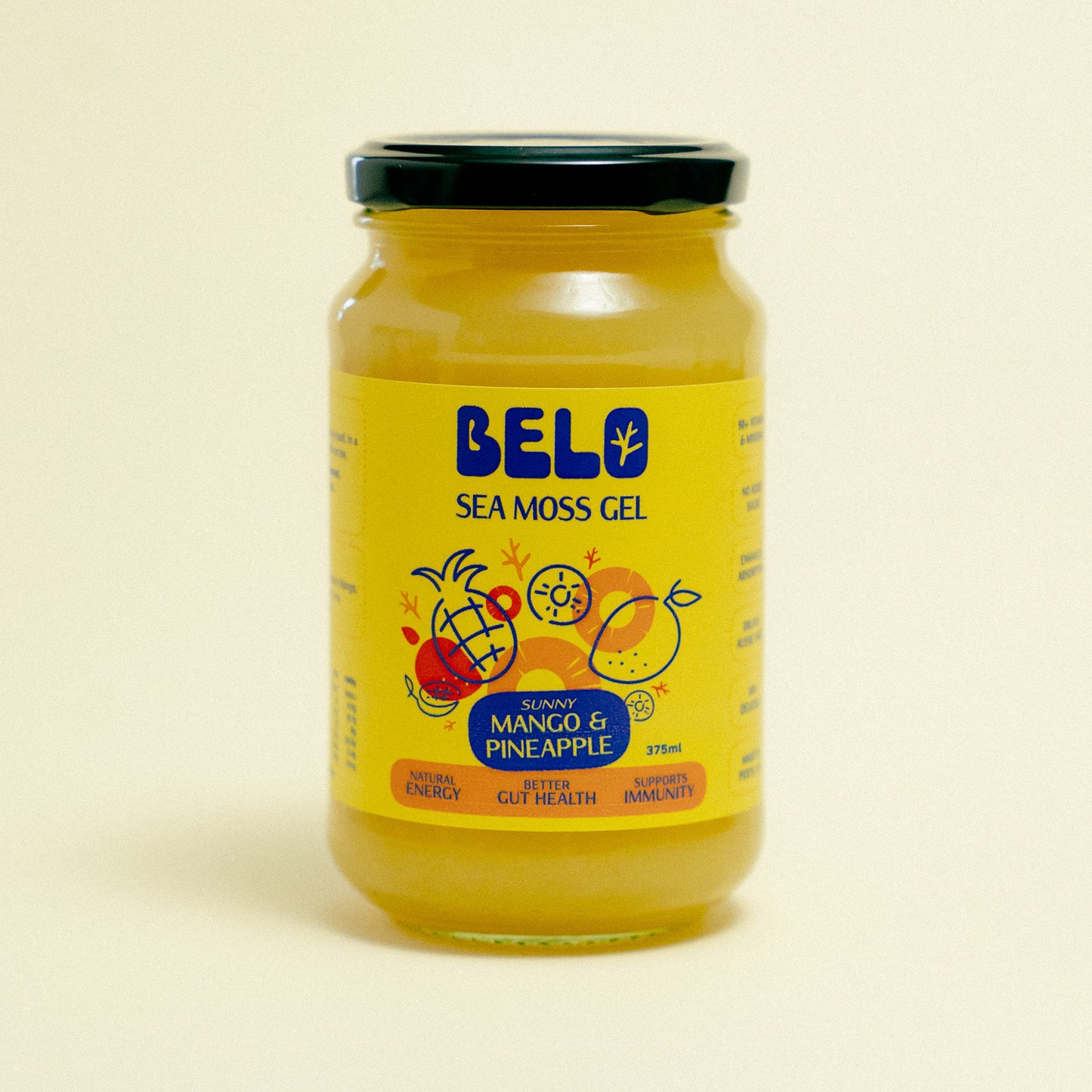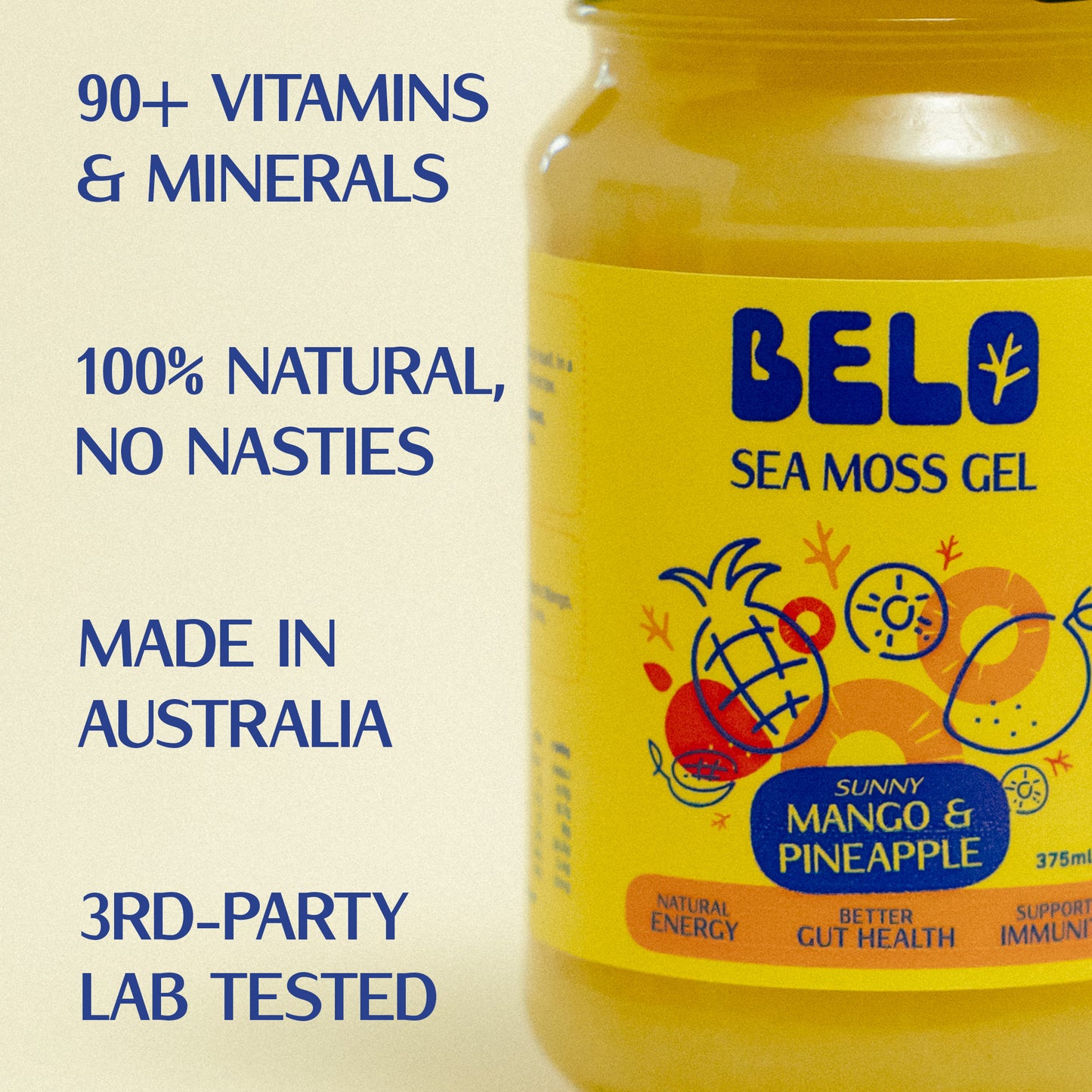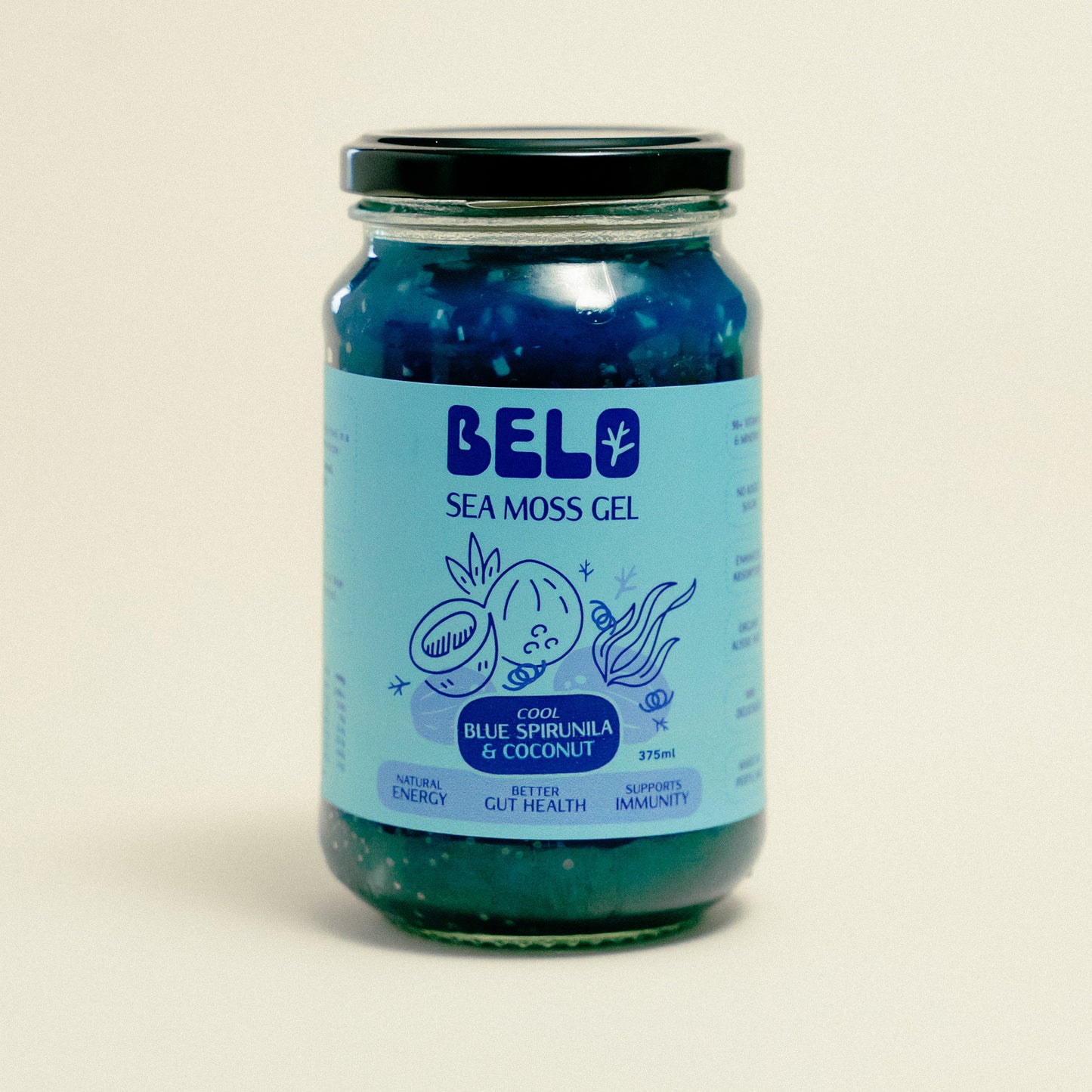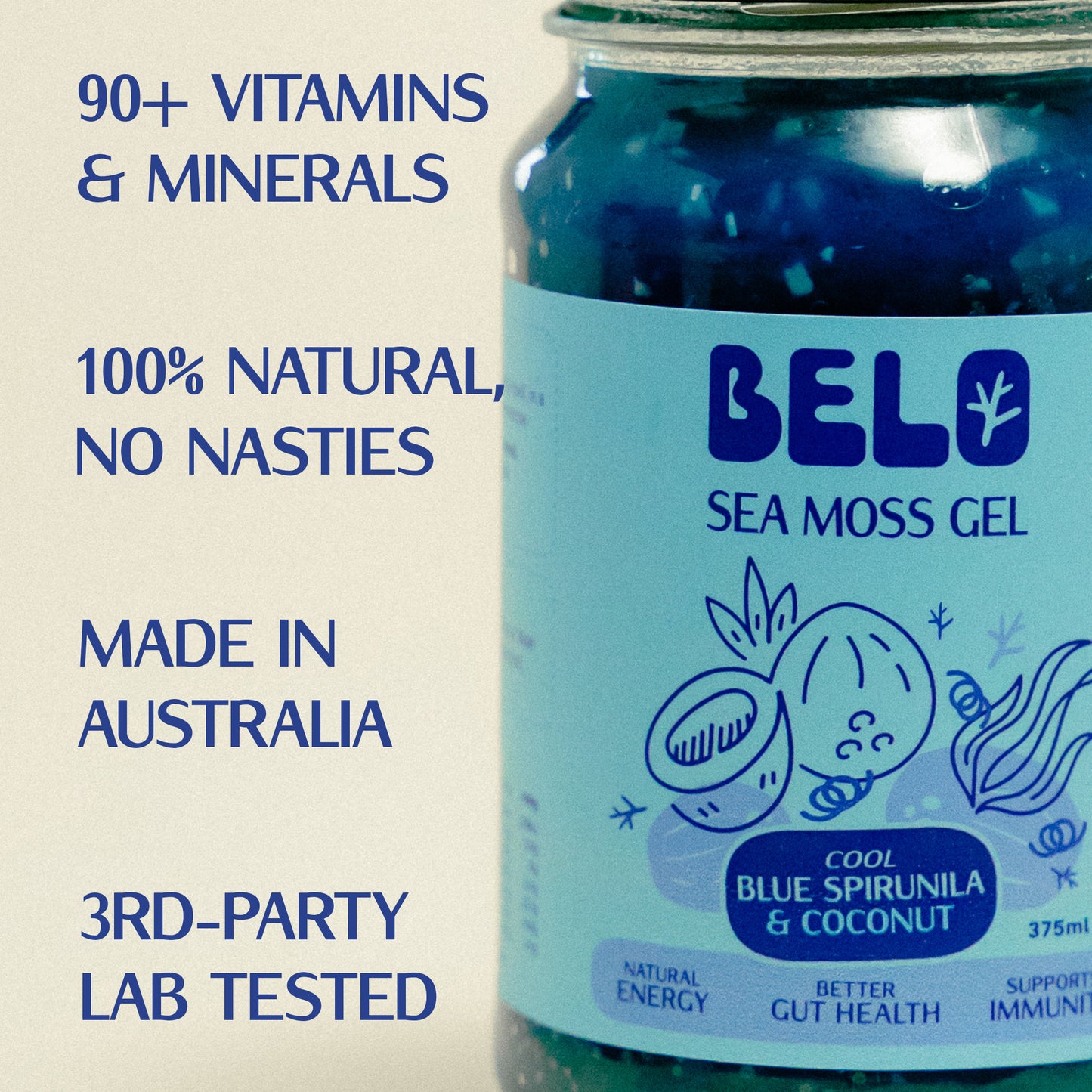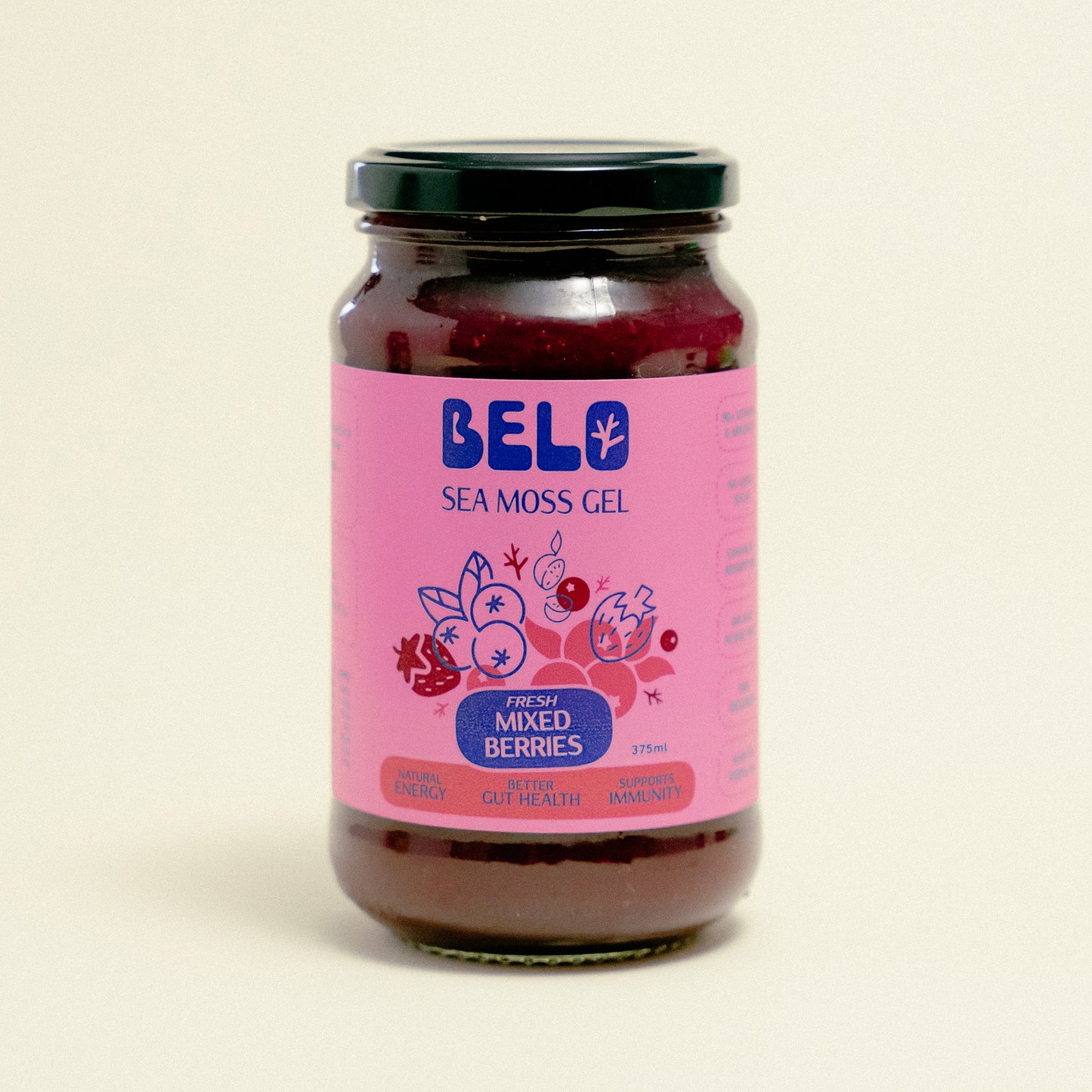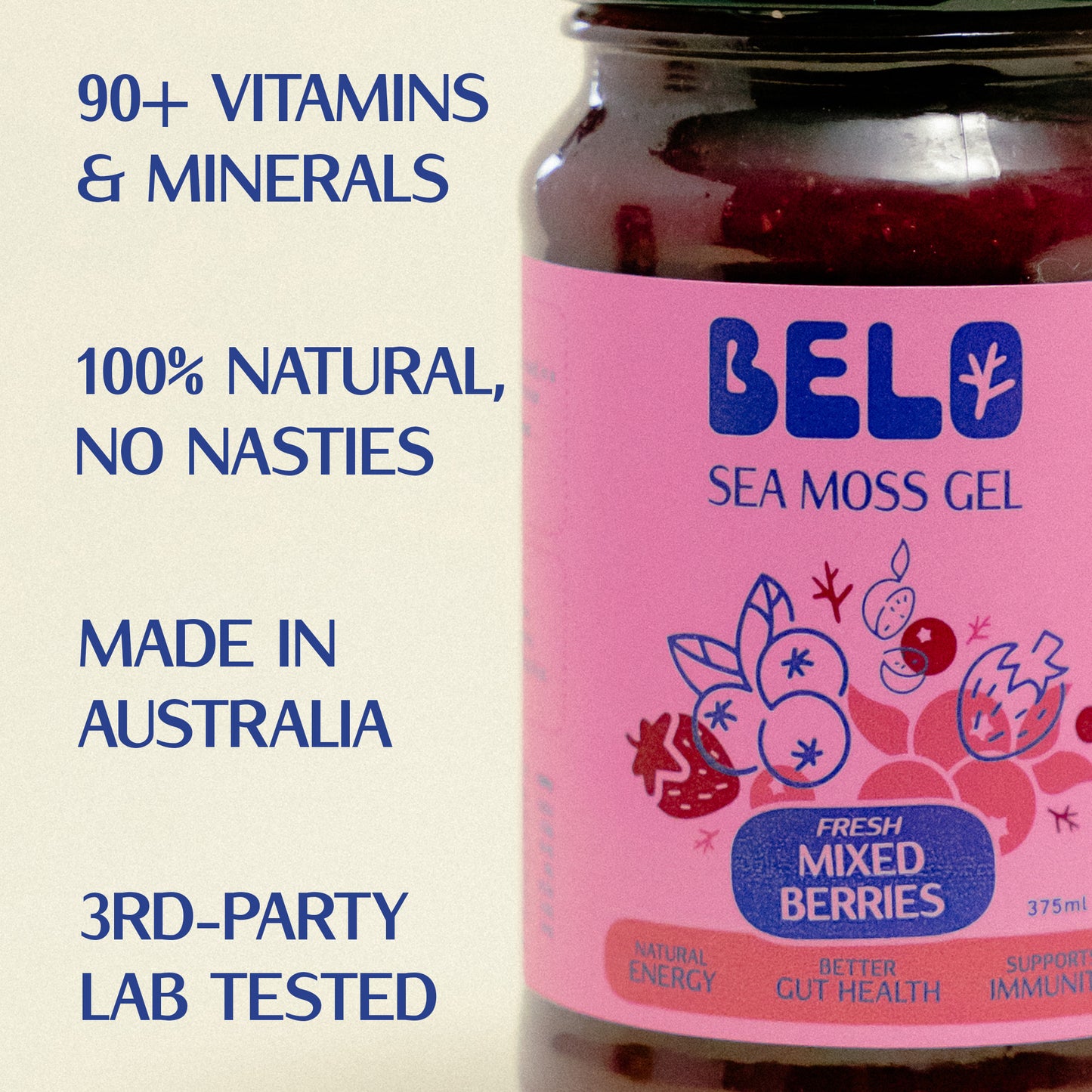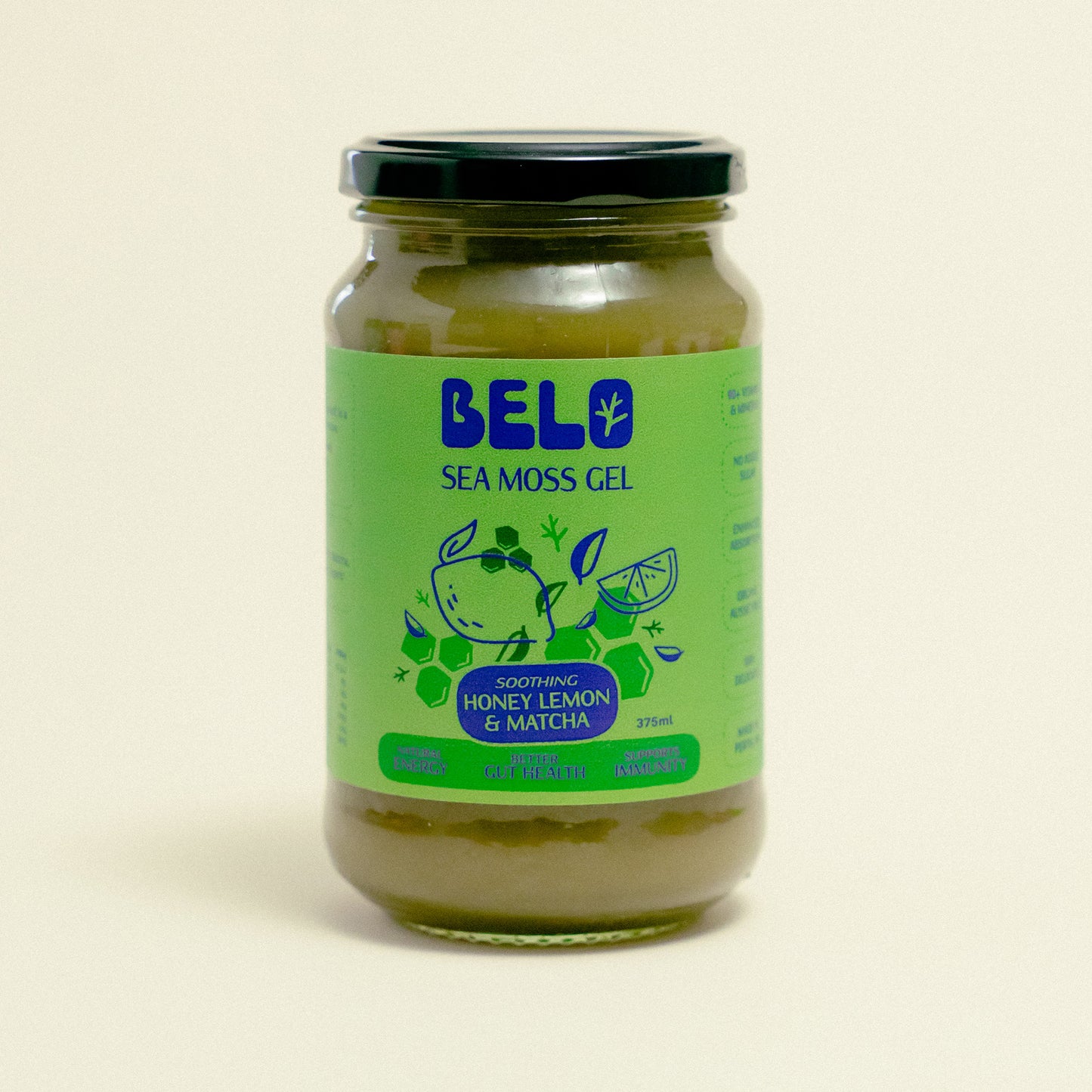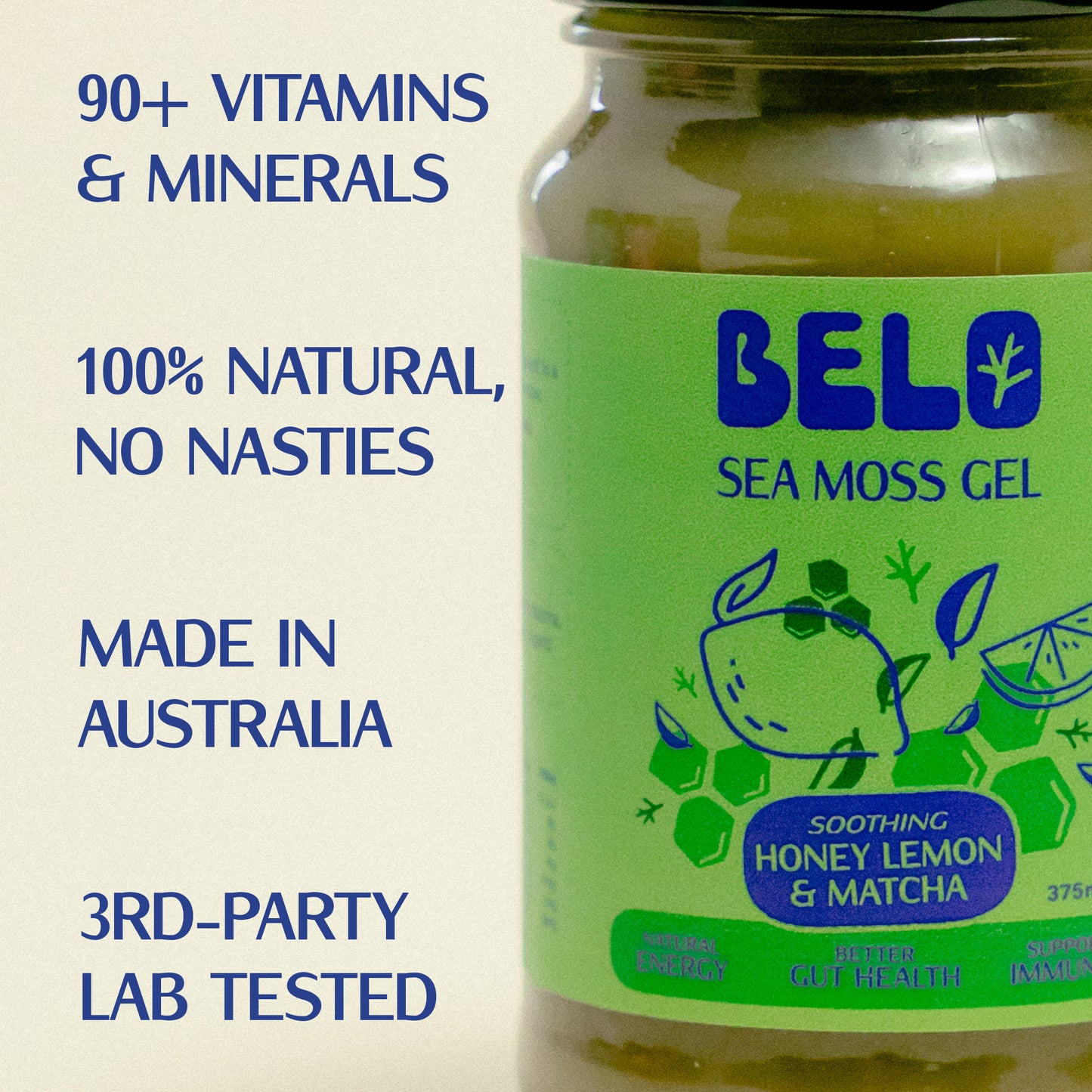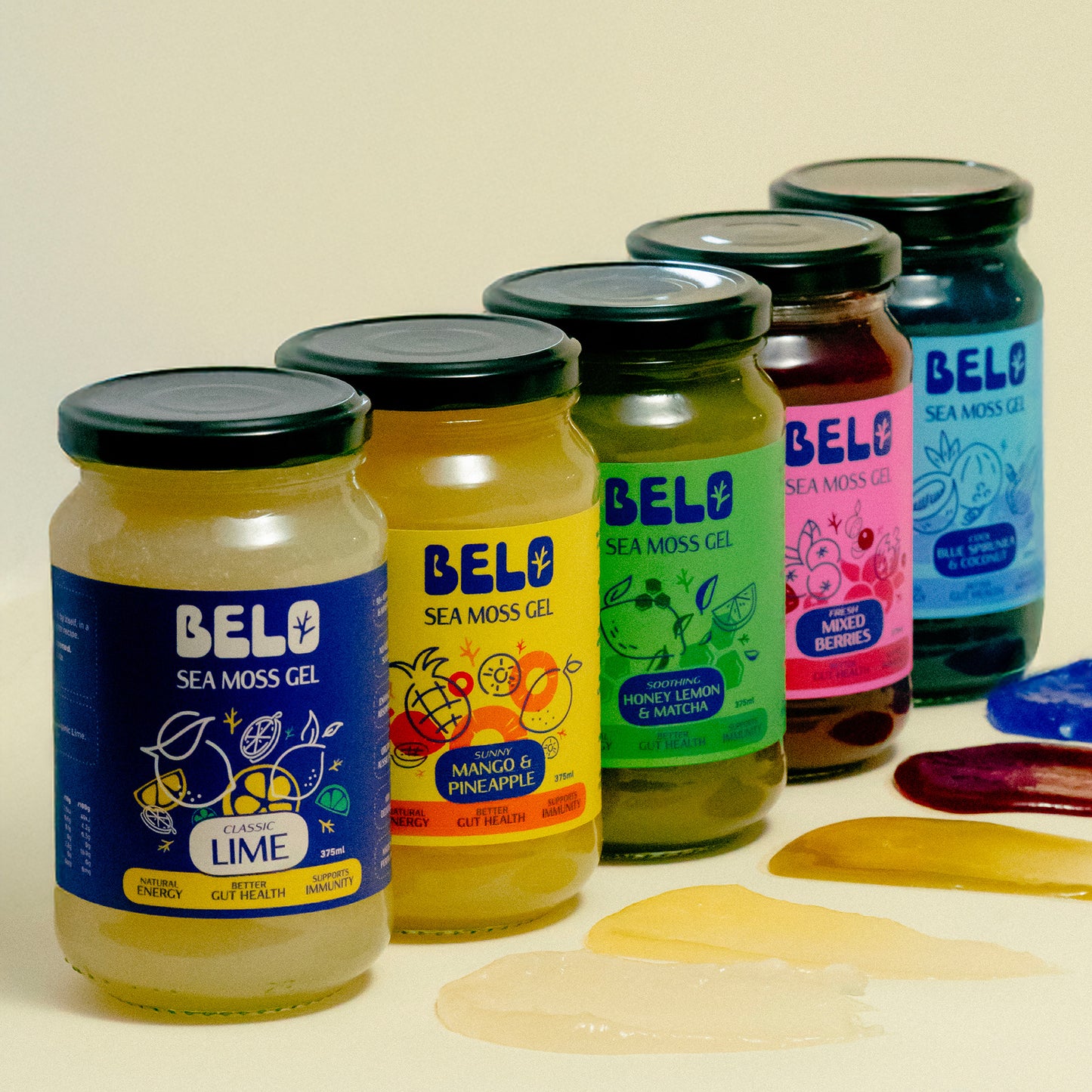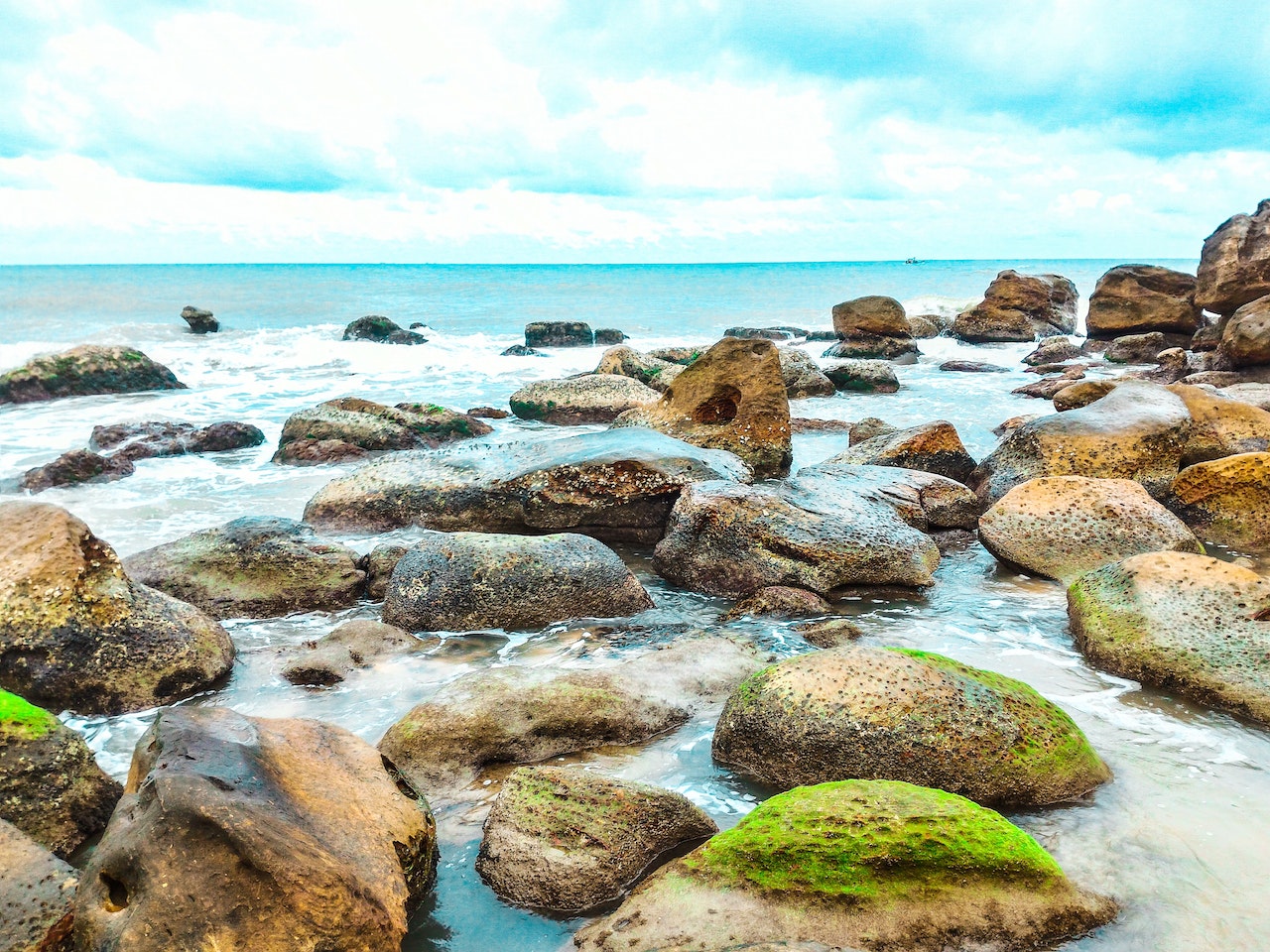
Sea moss is found all over the world, from coastal areas to deep ocean waters. Sea moss has a unique ability to photosynthesise, meaning they can convert sunlight into energy through chlorophyll pigments. They anchor themselves to the seabed or other structures using holdfasts, and their structure varies depending on the species.
Sea moss has been traditionally used in various cultures for its nutritional and medicinal properties. Sea moss has been utilised for thousands of years in various cultures for their nutritional value and medicinal properties. They are rich in essential nutrients such as vitamins, minerals, antioxidants, and fibre. Sea moss is incorporated into cuisines worldwide, particularly in East Asian countries like Japan, Korea, and China. It is used in dishes such as sushi, miso soup, seaweed salads, and as ingredients in processed foods like nori sheets and carrageenan It is also popular in Irish and Jamaican cuisines, where it is used as a thickening agent in soups, stews, desserts, and beverages. It is also consumed for its potential health benefits.
Overall, seaweeds are fascinating organisms with immense ecological, economic, and cultural significance. Their diverse range of applications, nutritional value, and environmental benefits make them a valuable resource for various industries and contribute to the overall well-being of our planet.

